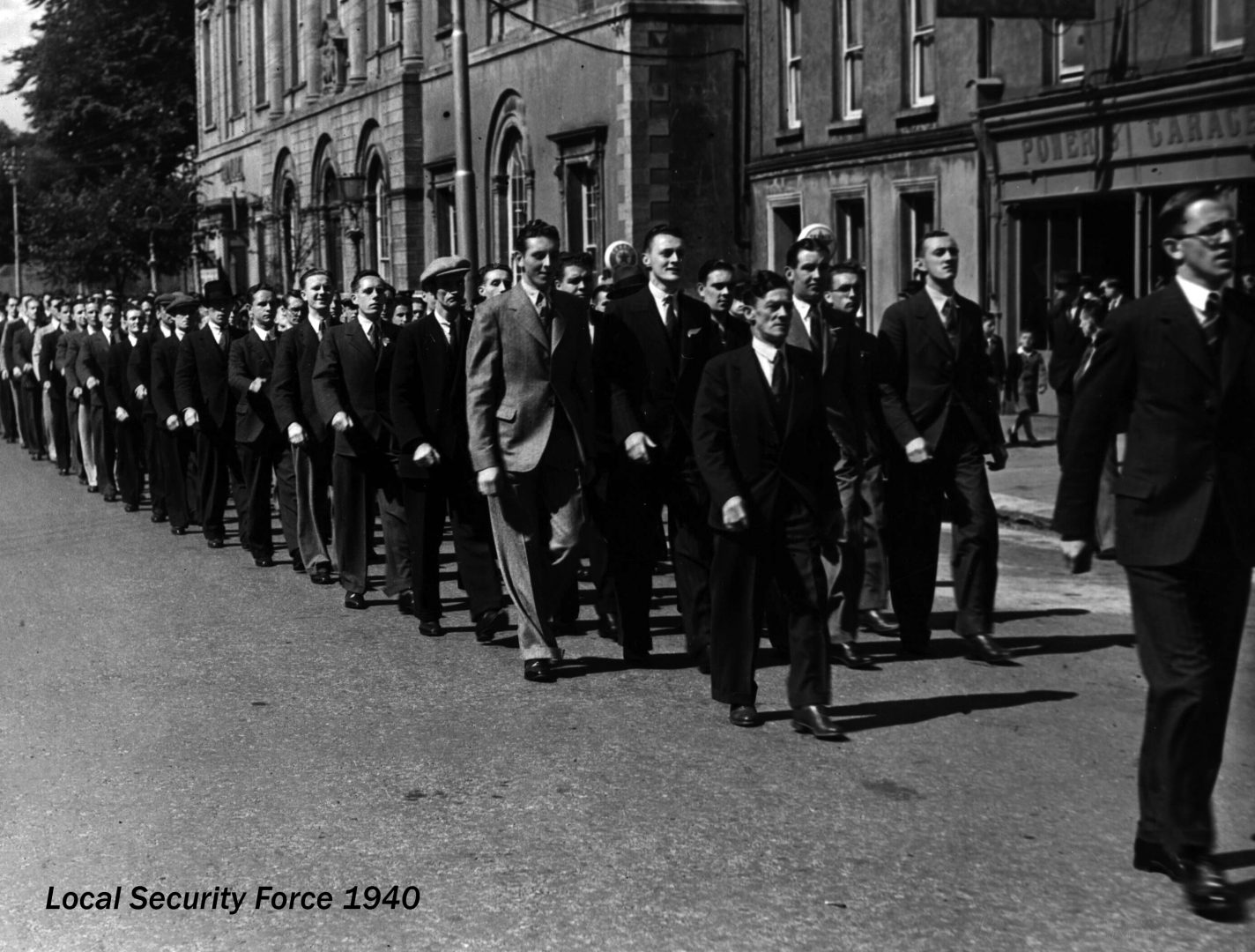
- Ann-Marie Keating
- Aug 10
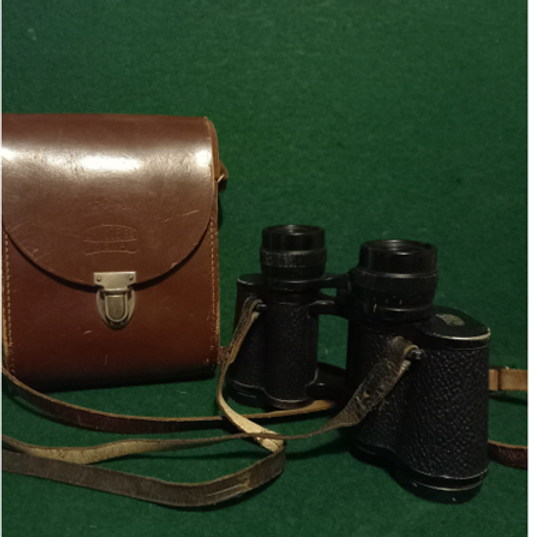
Like many Waterfordians, I have fond memories of attending the Tramore Races. Great summer and winter days were had with my Mam, sister and grand-uncle Paddy Duggan. Excitement is rising as Irish punters descend on Tramore for their annual pilgrimage to the racecourse. With the commencement of the August festival imminent, we pause to look at when it all started.
The year was 1785, on an international level, John Hancock was president of the United States of America, Friedrich Schiller was writing ‘Ode to Joy’, Lionel Lukin was launching, no pun intended, the first lifeboat. Nationally, Ellen Hutchins, the first Irish female botanist was born in Cork. She identified species of seaweed, lichen and mosses which were previously undocumented and even created amazing watercolours of what she found. Locally, it was a busy year in particular for Waterford’s own John Roberts. The city assembly rooms and playhouse, Waterford County and City infirmary and the Port of Waterford buildings all opened. Flahavan’s in Kilmacthomas was founded and official horse racing in Tramore began on the strand. It began one hundred years after Downpatrick, which holds the title as Irelands oldest course.
In present times, Tramore racecourse is one of twenty-six courses in Ireland. It is one mile around the track and the races which take place there are classed as grade two races. Races are divided into six grades, with grades one, two and three the most popular. The Cheltenham Gold Cup is a grade one race. The Grand National is a grade three and sandwiched in the middle are grade two races which are categorised as ‘weight for age’.
The racecourse holds two main types of races: National Hunt and Flat racing. Flat racing is self-explanatory, horses run on the flat with no jumps. Typically, it is younger horses who partake, being two or three years old. National Hunt racing began in Ireland and is divided into hurdle and fences and steeplechases. Race length varies from two miles to four miles one furlong. Horses that run in these races are older, ranging from four to five years old. Hurdles are usually thirty-seven inches tall. Steeplechases got their name from racing in rural places and using the steeple of a church as their reference point.
Horse racing is one of the only instances where the measurement of a furlong is still used. Traditionally, it was a measurement used in ploughing. One furlong is one eight of a mile. Therefore, eight furlongs is equivalent to one mile. Distances between horses as they pass the finish line are declared as: a length, half a length, a neck, a head, a short head and a nose.
The boost of the railway
The opening of the Tramore railway line in 1853 was a convenient method of transportation to visitors to Tramore which evidently increased numbers to the races.
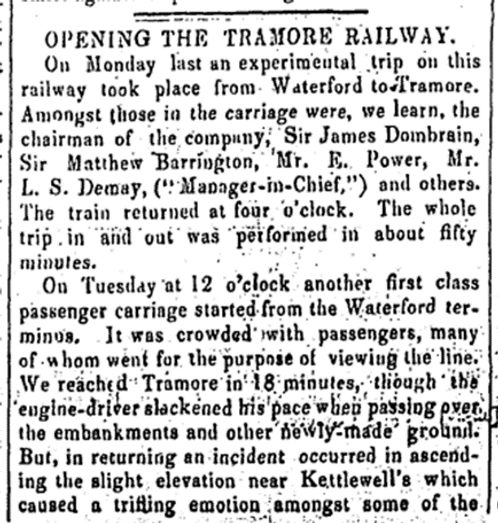
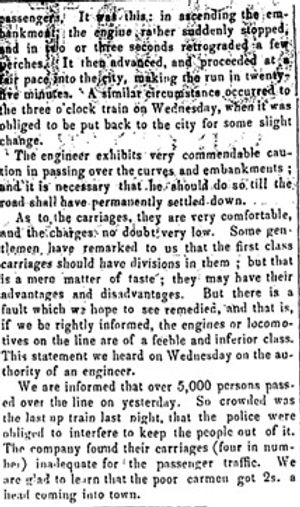
The Waterford News, 9th September 1853
The following are snippets regarding the opening of the rail. Both quotes are as relevant today as they were in 1853.
“We live in an age when men as well as nations must advance, and if they show much reluctance about it, they will be unquestionably cut out in the race of progress”
The Waterford News, 1853
” What end would become of Waterford if she had not got the railways? —she was advancing slowly enough before, but if the railways had not come to her assistance, she would possibly sink into a petty obscure village. “
The Waterford News, 1853
The train engines and carriages were directly inspired by the train in Dún Laoghaire (known as Kingstown at the time after King George IV’s visit in 1821). On the 5th September the line opened to the public and it is reported that on Thursday 8th September they had five thousand passengers. Mr. William Dargan oversaw its completion. It only took eighteen minutes from Waterford station in railway square to the Tramore station and a return journey took fifty minutes. Smoking was not permitted either on the train or in the station. Fare prices varied from eight pence for a first-class single ticket to free for infants under three years, and don’t forget dogs had to pay their way with a three pence charge. There were some hiccups and accidents over the years, ach sin scéil eile.
In many ways, the train opened up Tramore as a whole to many people, and in turn, brought additional profits to the area. One example is evident from an advertisement in The Waterford News on 9th September 1853. Mr. Maher directly advertises to those using the new train to rent houses.
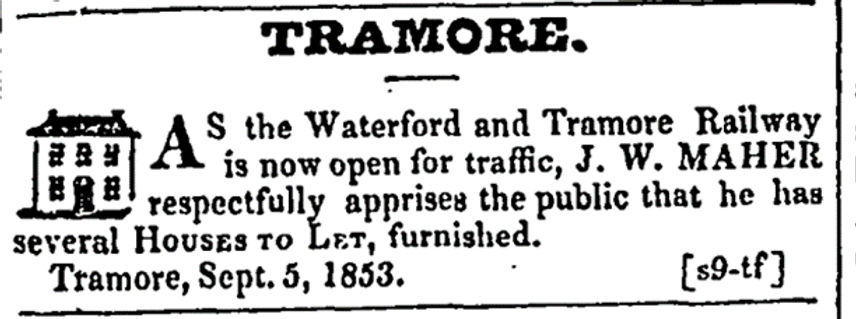
The Waterford News, 9th September 1853
The below notice in the Dungarvan Observer is just one of many instances of notices of extra trains being put on solely for the August racing festival. The train linked Tramore to many areas of the south-east and beyond.
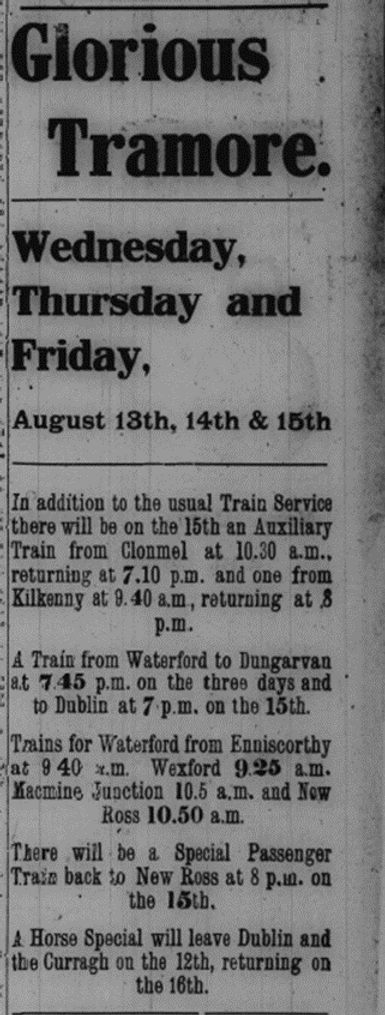
Dungarvan Observer, August 9th 1919.
Trains from west Waterford
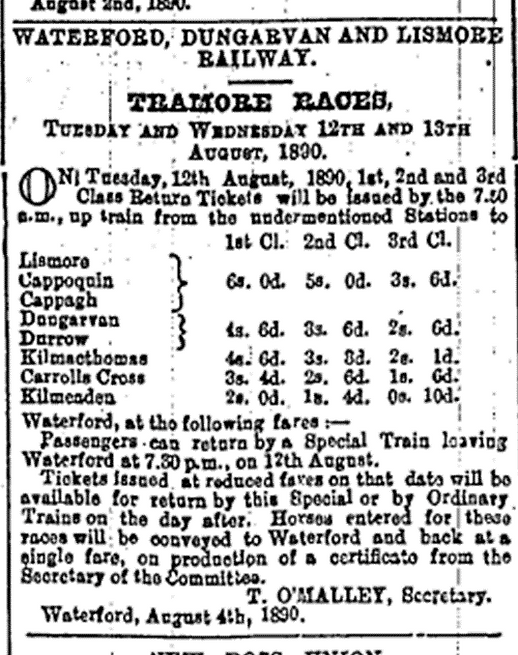
The Waterford News, August 2nd, 1890.
Unfortunately, the line closed in 1960 and the tracks were taken up the following year.
Railway bridge in Tramore, 2022
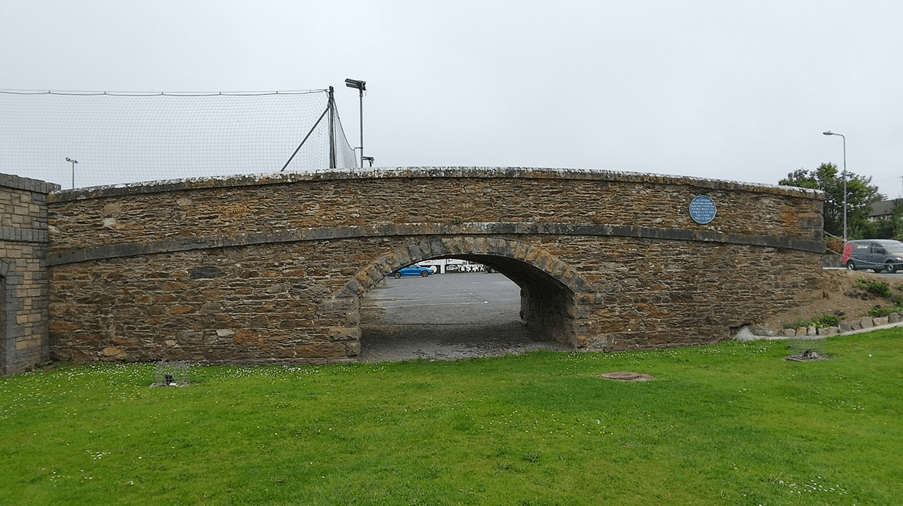
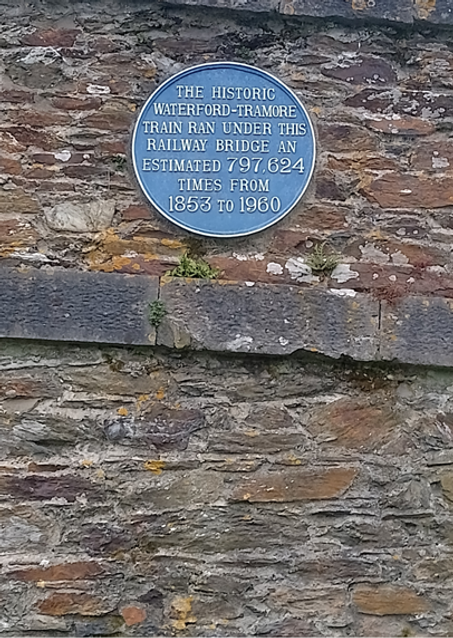
The Tramore train station, 2022
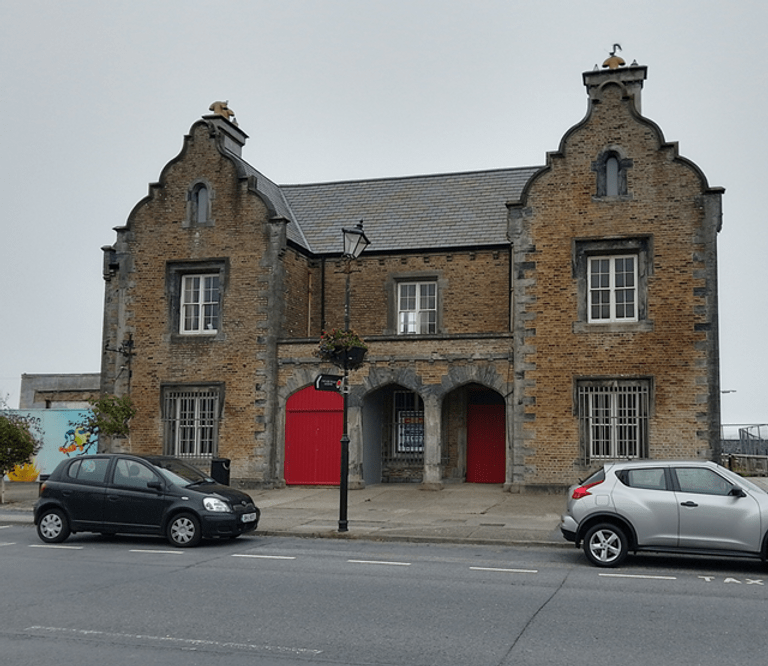
The station in Tramore is set to undergo works to ensure its stability, however, it is still unknown what its new function will be.
Racing on the back strand
In 1880, racing was moved to the back strand. The back strand empties with the tide due to the sandpit dividing it from the strand.
Several newspapers from 1890 demonstrate the excitement leading to the August festival here. It is a great resource that so many of Waterford’s newspapers have been digitised. The Waterford News has great notes from various businesses in Waterford city to communicate their warehouses would either close or close early for the races. James Hearne & co. was located beside the commercial hotel on the Quay and would close at 12pm sharp on Tuesday 12th August 1890. The reason why?
‘In order to give our employees ample time to reach Tramore for the First Race’
Power Brothers were drapers, located on Broad St. (2 Broad St.- now where part of Sketchers shop is today) and 1,2&3 Barronstrand St. (part of what is now Tommy Hilfiger and Shine Discovery) noted that their warehouse would close on the same Tuesday. In addition, Robertson, Ledlie, Ferguson & co. Ltd., (currently Shaws on the Quay) were retailers who also advertised their warehouse would close for staff to go to the races.
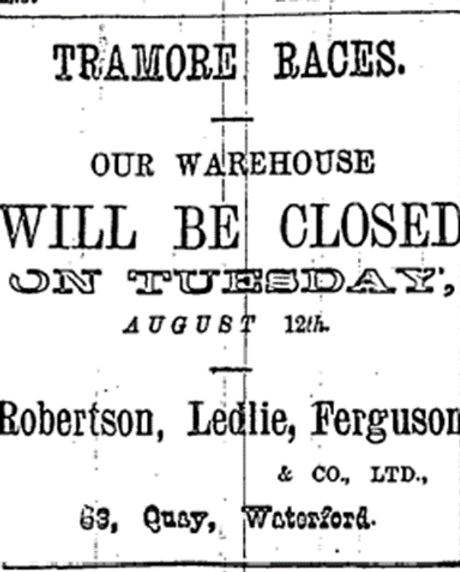
The Waterford News, Saturday August 2nd 1890.
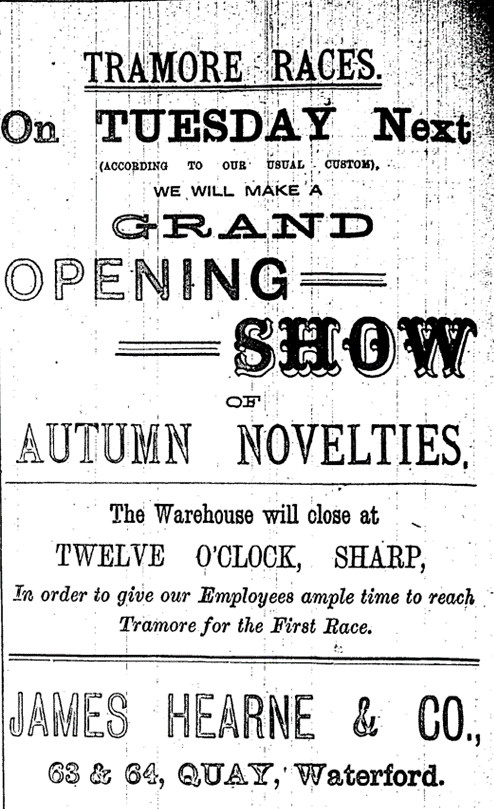
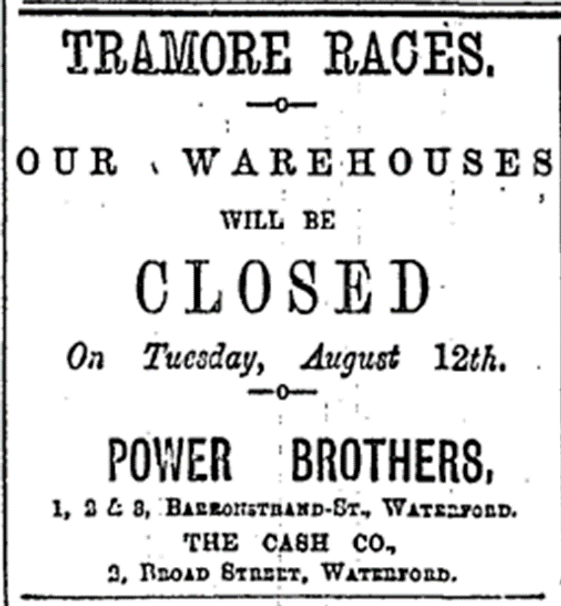
The Waterford News, Saturday August 9th, 1890.
1911- The Great Flood Newspapers:
Michael J. Murphy is a man synonymous with Tramore races. In 1894, he established a golf course at the back strand and in the early 1900s he overlooked repair work on the racecourse also at the back strand. After a flood in 1911, he ensured races continues for a short time before he organised the move up to Graun Hill.
This flood in December of 1911 was disastrous for the racecourse and golf links as both were extensively damaged. The following clippings are extracts from the Waterford News on Friday 15th December 1911, two days after the flood. The entire back strand flooded and the racecourse and golf links were underwater. There was no loss of human life, but three puppies owned by the racecourse perished.
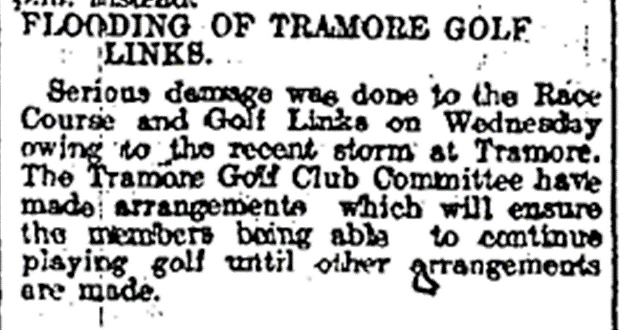

Back strand, 2022
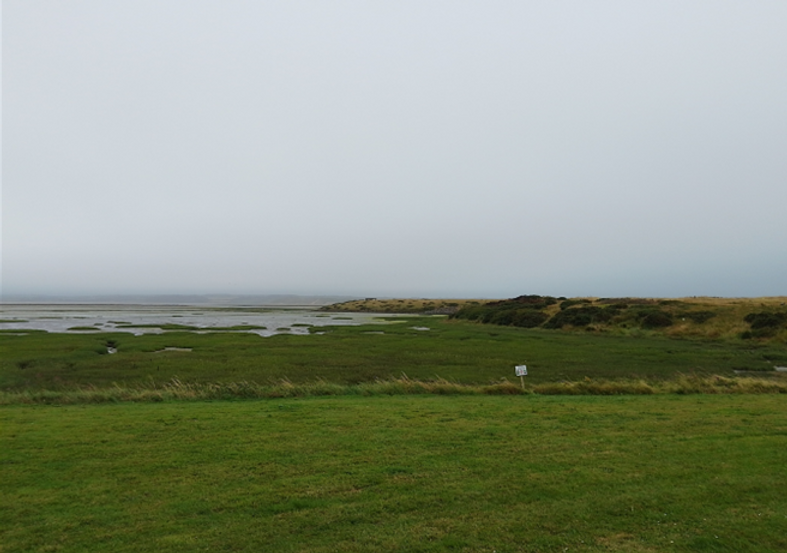
In the present day, the back strand is a special protection area (SPA) and a Ramsar convention site. The area became a SPA due to its importance for various bird species, such as the pale-bellied Brent Goose and the Grey plover. The intertidal mudflats provide ideal conditions to these water birds. The Ramsar convention is a treaty that was signed in Iran in 1971. It details various frameworks of conservation work on wetlands, with emphasis on waterfowl.
The 1912 re-opening
Map showing the three areas racing occurred in Tramore
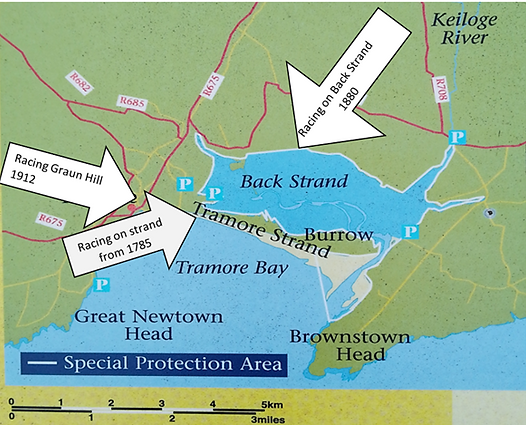
Nevertheless, horse racing didn’t stopped for long after the 1911 flood. The following summer, August 1912 it moved to its present location on Graun Hill. This re-opening was evidently popular as can be seen from the newspaper advertisements.
J. Carroll & Co. were located where Cash Convenience is presently on the Quay and Cooke Bros., is where Boots is currently on Barrondstrand St. They both promoted their wears for the racing festival at its new location.
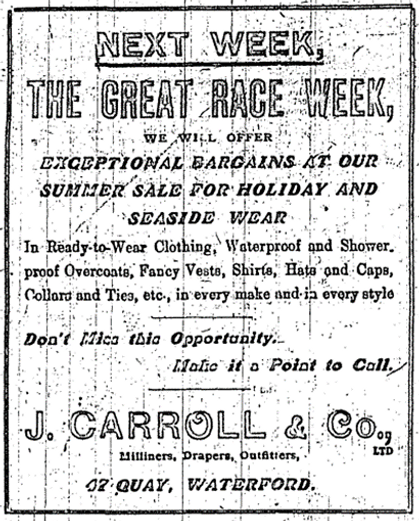
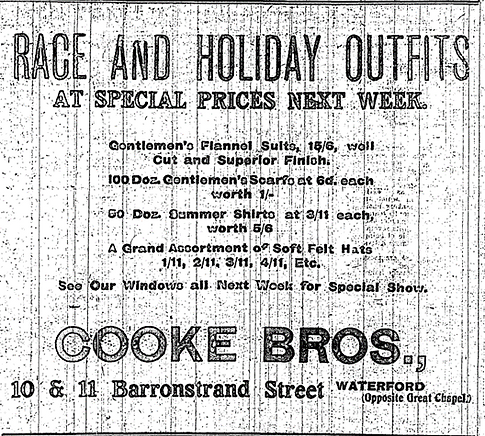
The Waterford News, Friday August 9th, 1912.
The new racecourse was hailed a success, however, it was obvious that the occasion was bittersweet. Memories of racing on the back strand were at the forefront of people’s minds. In addition, the fact that the course was only one mile around, was a shortcoming for many devoted punters. However, newspapers outlined that Thursdays racing brought so many people, partially due to sunny weather, that the train staff were under pressure. So it didn’t take long for its success to commence.
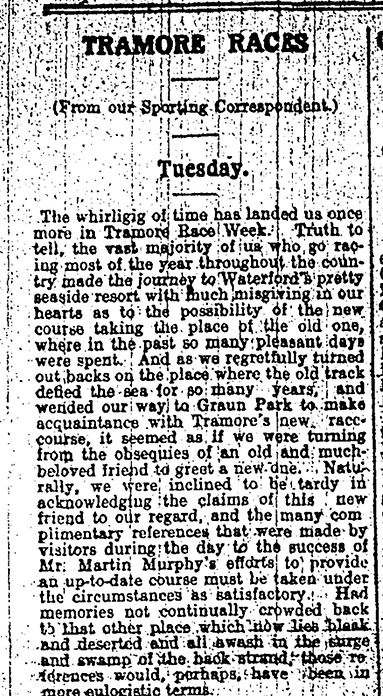
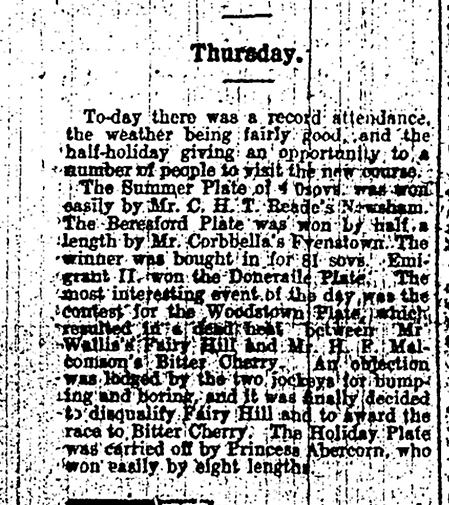
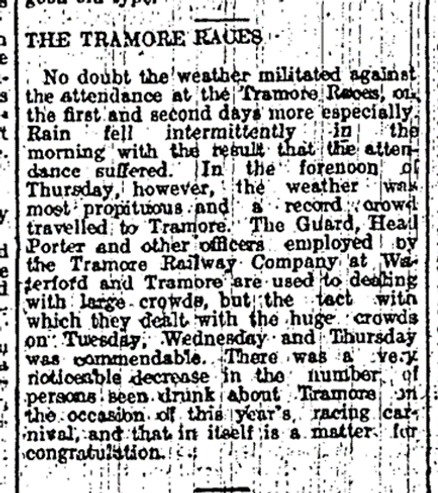
The Waterford News, August 16th 1912.
1919/1923 newspapers advertisements
Further advertisements in 1919 newspapers show the spike in sales for the August racing festival. O’Shea’s shoes were located at 16 George’s St. (now part of Argos) and 78 the Quay (presently part of the Axa Insurance building). Phelan Bros., 7&8 George’s St., is currently John Palmer music centre and the Oxfam charity shop.
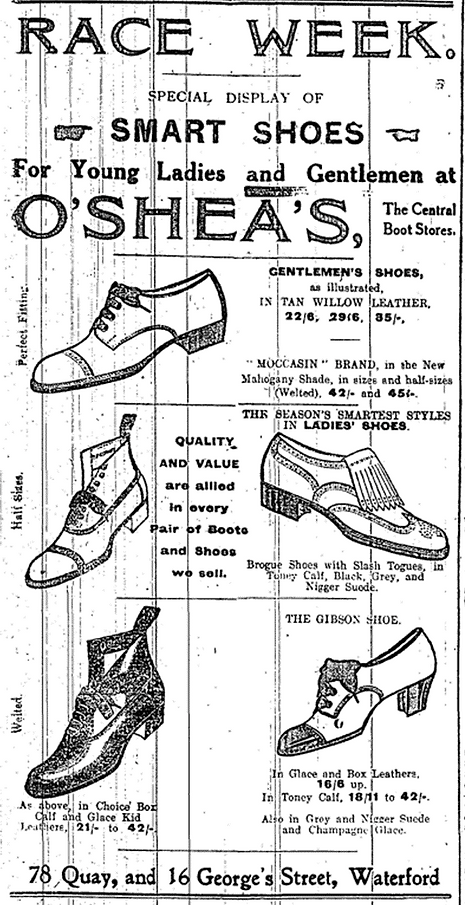
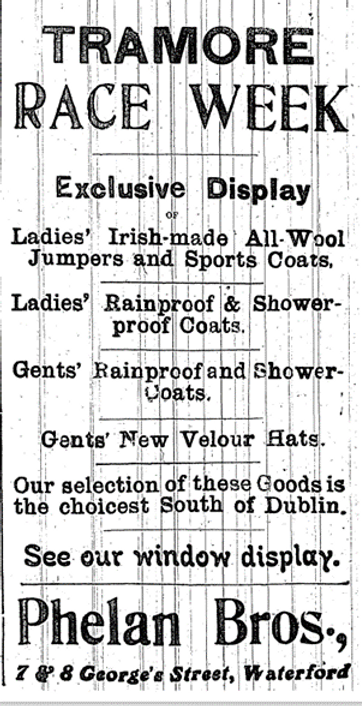
The Waterford News, August 8th 1919.
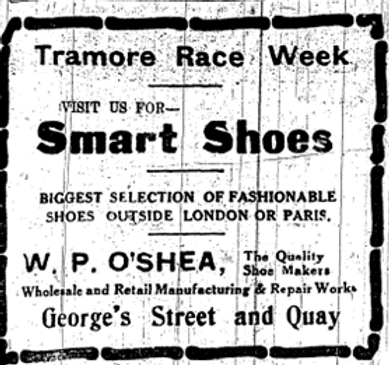
The Waterford News, Friday 17th1923.
A Crowded Stand at Tramore Races, 1929
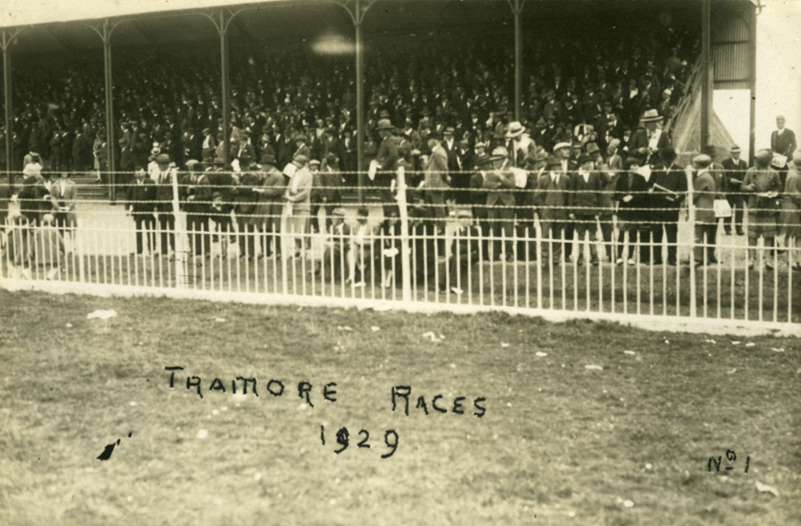
Waterford County Museum
The popularity of Ladies’ Day
As the metal man was being completed in 1823, an unidentified poet addressed Ladies’ Day for the first time. They described Thursday at Ascot as;
“when the women, like angels, look sweetly divine”
It is also noted that on Ladies’ Day, women could obtain a complimentary entrance ticket or at reduced price. It was difficult to obtain the year that Ladies’ Day began in Tramore. However, I came across a note which documented the amount of train tickets sold for Ladies’ Day in 1870. Therefore, the day must have been a significant event for the August Festival by this year.
In recent times, fashion at horse racing became synonymous with the racing scenes from My Fair Lady. As Eliza Dolittle attempts to mingle with the upper class, the black, white and grey dresses, hats, suits and top hats of the spectators is extraordinary. The iconic fashion is thanks to the costume designer of the film, Cecil Beaton.
“Ascot Gavotte”- also known as Ascot Opening Race: My Fair Lady, 1964
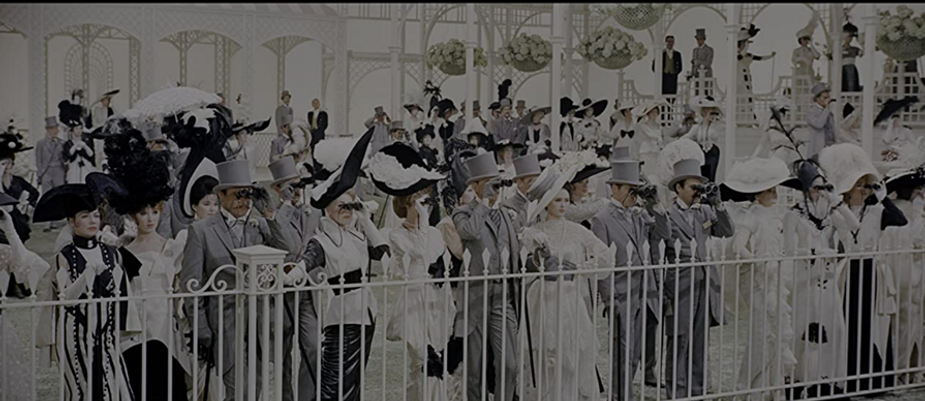
Source: IMBD
In recent years, the term ‘Ladies’ Day’ has been replaced with ‘style evening’ to be more inclusive to other genders.
Style Evening, Tramore, 2019

The racecourse in modern times
In 1985, the racecourse was put on the market with the intention to build three hundred and fifty houses. The friends of Tramore racecourse campaign was established and they were against this re-development. It was believed that if many local business people got together then if it came to it, they would collectively buy the course for themselves and continue the horseracing tradition. However, plans were dropped and racing carried on.
On 4th July 1993 when many people from the United States were celebrating their Independence Day, one Minnesota native descended on the racecourse in Tramore- Bob Dylan. The course came alive with the rocking of “Tangled Up in Blue”, “It’s all over now, baby blue” and “All Along the Watchtower” to name a few.
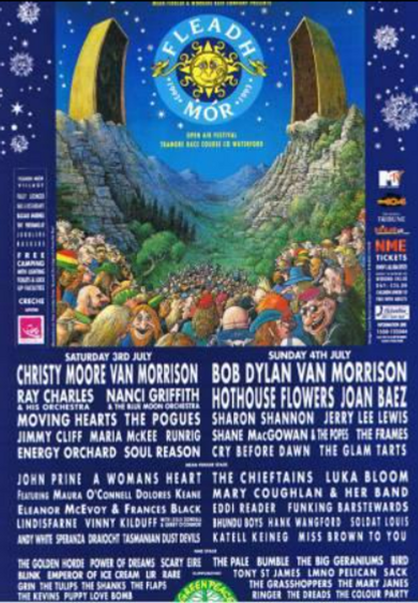
Tramore held the first horseracing of the millennium in Europe, with eleven thousand people in attendance and it was the first racecourse to hold a meeting in 2002 with the newly introduced euro currency.
The tote windows are open
It wasn’t until 2017 that it was banned for children to bet at the races. Up until that time all ages could go up to the tote windows and place a bet. Bookies are also present on podiums shouting out their odds. In recent years their odds being chalked up on blackboards have been modernised with digital boards.
A 2017 report from Horse racing Ireland states that in Waterford, nine hundred and forty people are employed in horseracing, this includes on primary and secondary levels. Approximately four hundred are employed full time.
Those opposed to horse racing
Four horses died at the same race meeting in Tramore in July 2018. This opened an investigation into their deaths. It concluded that each horse died of different causes, therefore racing continued for the August festival. The timing of watering the course before meetings was altered.
Further improvements
The year of 2018 saw major upgrades to the racecourse. Arguably, the most obvious development occurred with the building of a new entrance building. One hundred and twenty thousand euro was given by Horse Racing Ireland to aid it’s construction, which cost three hundred thousand euro in total. A further six hundred thousand euro was pumped into the re-developments, which went toward the upgrade of the parade ring, including a seating area and upgrades to the stands.
Old entrance to racecourse (now the exit), 2022
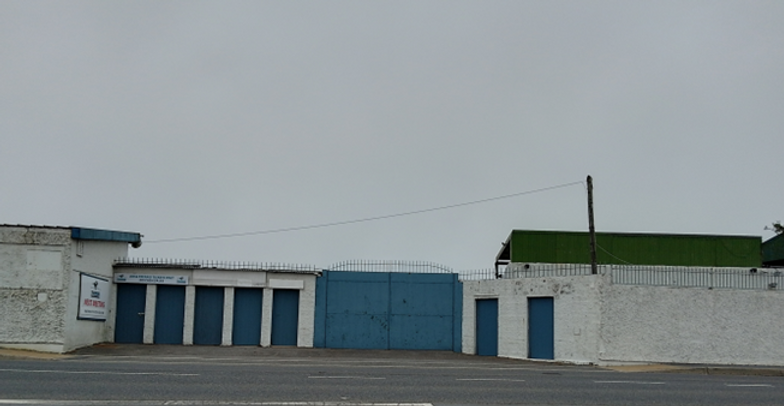
New entrance building, 2022
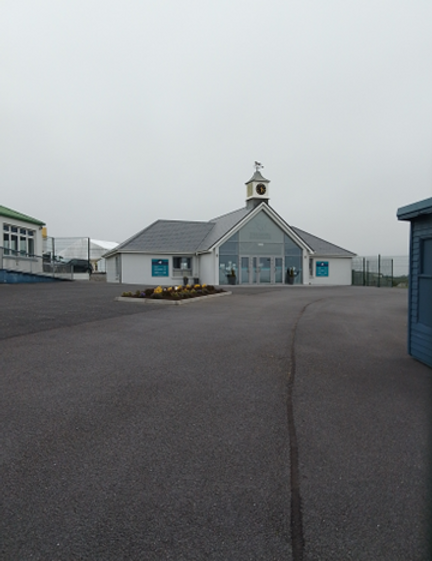
Love it or hate it, the importance of the horse racing tradition in Tramore for many Waterfordians past and present can’t be denied. So if you’re heading out this week and win a few bob, don’t forget to give a bit to the meals on wheels collectors at the exit and perhaps head to Dooly’s for a chip?
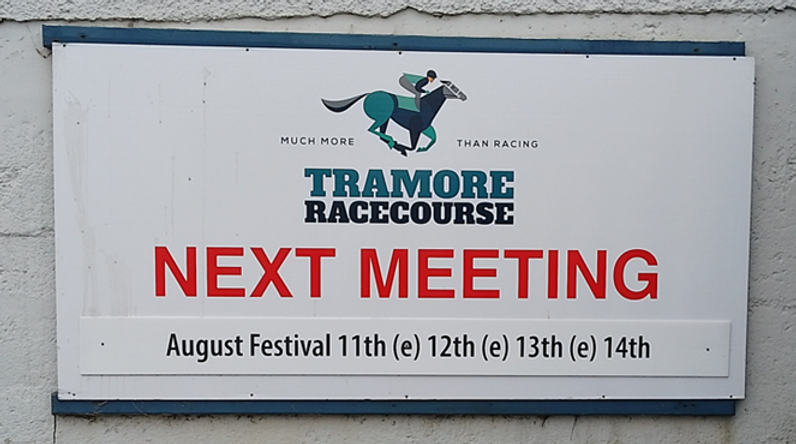
Further reading/sources:
Adebowale, T., (2022) Here’s why day three of the Royal Ascot is called Ladies’ Day.
Taylor, A., (1987) Tramore: A Glimpse of Other Days.

